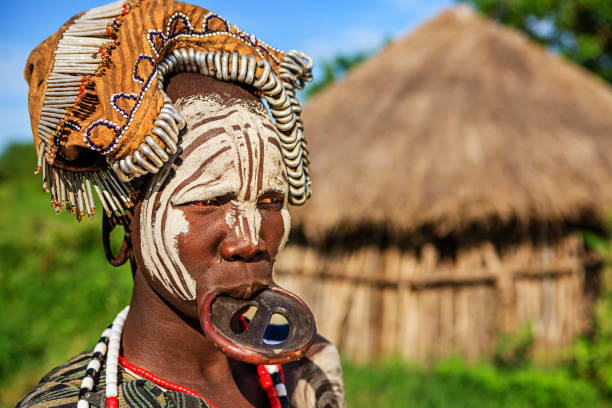Meet the Tribes from Africa
Africa is known as a tribal continent, despite the fact that tribalism is not always the deciding element in a nation's fate. When colonial powers created their national boundary lines, they paid little attention to tribes. As a result, numerous tribes occupy two or even three modern-day countries. In countries such as Egypt, the populace is referred to be Egyptian or Arab without regard to origins. In Africa, tribes and ethnicity are a source of attraction. Adventure films have frequently depicted tribes living as their forefathers did generations before. It makes for a good story, and in many cases, it is still relevant today. It almost probably does not in others because culture has changed or evolved.
Other continents lack Africa's natural diversity. Some are well-developed, heavily industrialized, and the tribe has never been a factor. ''Community,'' indeed, but socioeconomic status, not origin, has been the deciding factor.
Difference between Ethnicity and Tribe
Ethnicity: It refers to the cultural, linguistic, and often religious characteristics that a group of people share. Ethnicity is a broader term encompassing shared customs, traditions, language, beliefs, and sometimes ancestry. People belonging to the same ethnic group may share a common identity based on these cultural traits, irrespective of geographical location or political boundaries. For example, the Maasai in East Africa or the Igbo in Nigeria are ethnic groups with distinct cultural characteristics.
A tribe is a specific social group within a larger ethnic community. It often refers to a smaller, more localized community sharing common ancestry, language, customs, and traditions. Tribes are a subset of an ethnic group, representing a distinct social unit within that larger ethnic identity. Tribes can be seen as smaller, more closely-knit communities within an ethnic group, often living in specific regions or territories
The colonial powers introduced the concept of nationalism into Africa, but it has not been universally accepted; tribal distinctions have caused strife even in recent decades, even among tribes of the same nationality. The Biafran War in Nigeria ravaged significant sections of Eastern Nigeria half a century ago as the Igbo unsuccessfully sought independence. Rwanda is a more contemporary example, with the Tutsi subjected to genocide by the Hutu majority in the last decade of the twentieth century. Compare Rwanda to Ghana, where tribal and ethnic pride coexist with national pride. Despite its ethnic variety, this Western African state sticks to democracy.
Africa is a big continent that may be divided into regions, while climate and vegetation both have a role in determining which countries and hence people belong in which region. Here are several tribes to give you a sense of their history and way of life.
1. North
While some argue that North Africa consists solely of countries bordering the Mediterranean, there is a compelling case for adding the comparatively dry countries on the Sahara's southern border as part of the North.
Not surprisingly for such a vast region, there is a wide range of peoples, and while there are cities on the Mediterranean coast, many of the tribes in the Sahara and Sahel have traditionally lived nomadic lives.
A cursory examination of only three tribes mentioned for the purposes of this article will reveal contrasts and similarities:
Bedouin
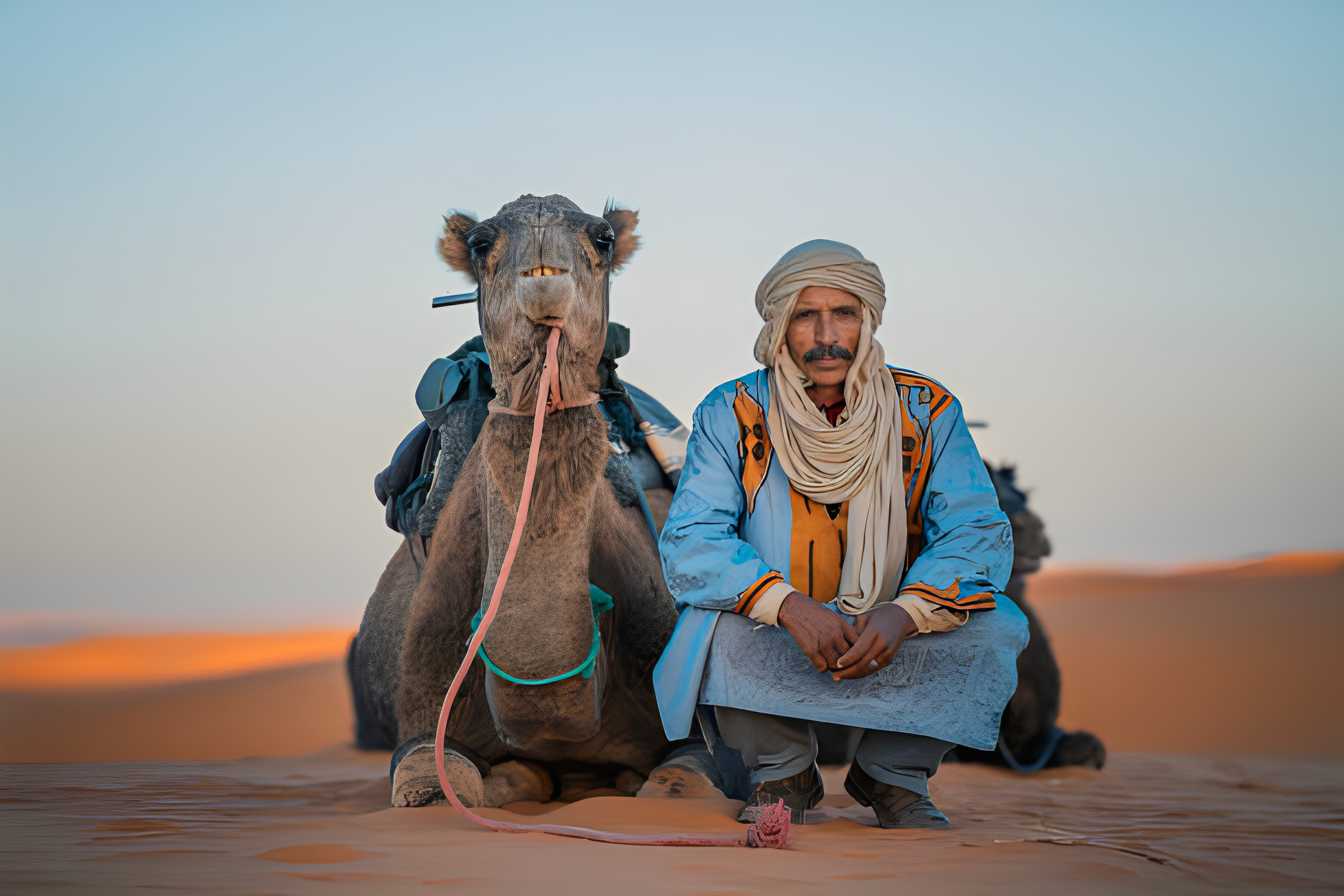
Bedouin refers to a nomadic Arab ethnic group historically known for their nomadic lifestyle, dwelling in deserts and semi-arid regions of the Middle East, North Africa, and some parts of the Arabian Peninsula. The term "Bedouin" is derived from the Arabic word "badawī," which means "desert dweller."
Tuareg
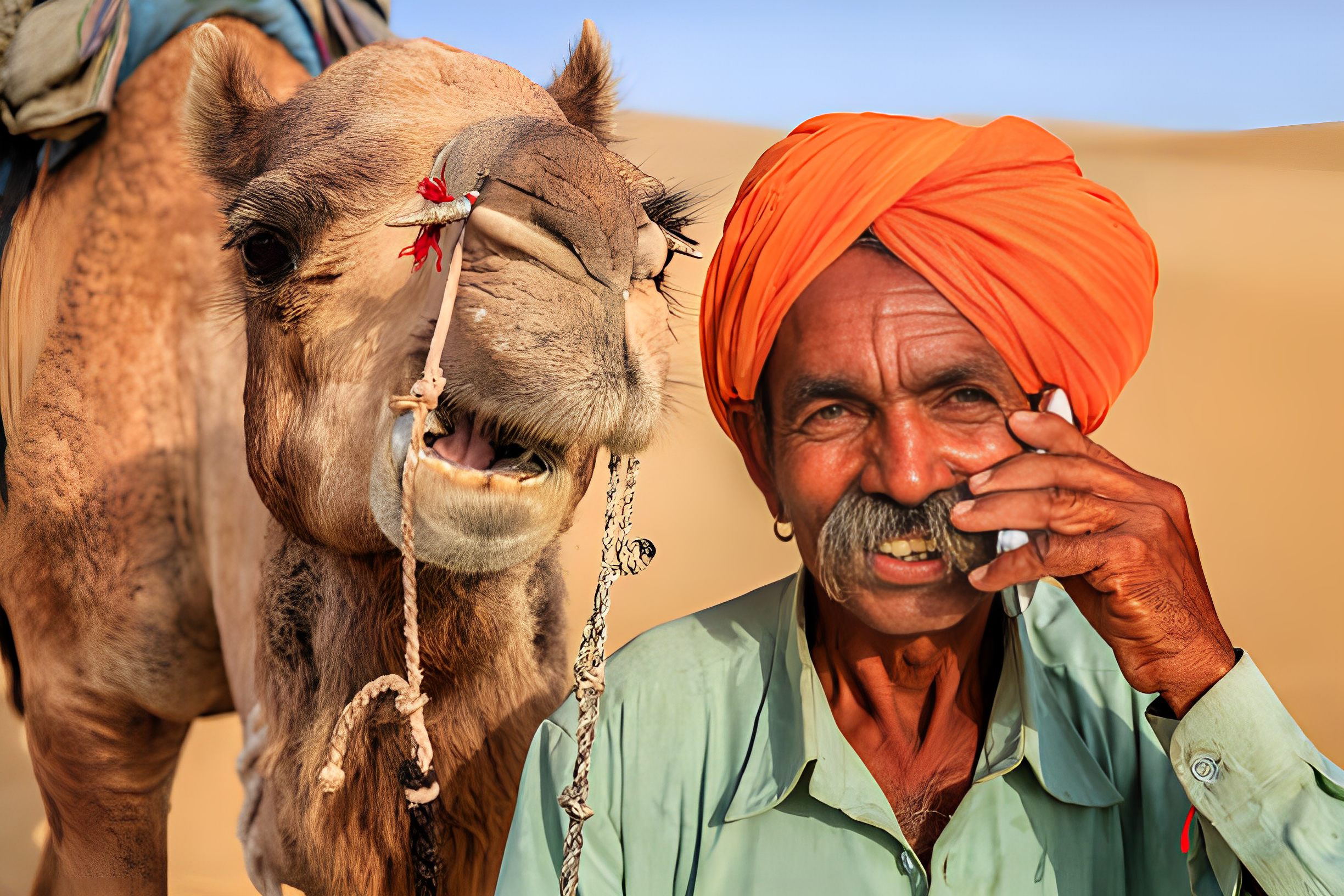
The Tuareg are a nomadic Berber ethnic group primarily inhabiting the Saharan regions of North Africa, particularly in countries like Mali, Niger, Algeria, Libya, Burkina Faso, and parts of Nigeria. They are known for their distinct culture, nomadic lifestyle, and their historical significance as desert traders and warriors
Dogon
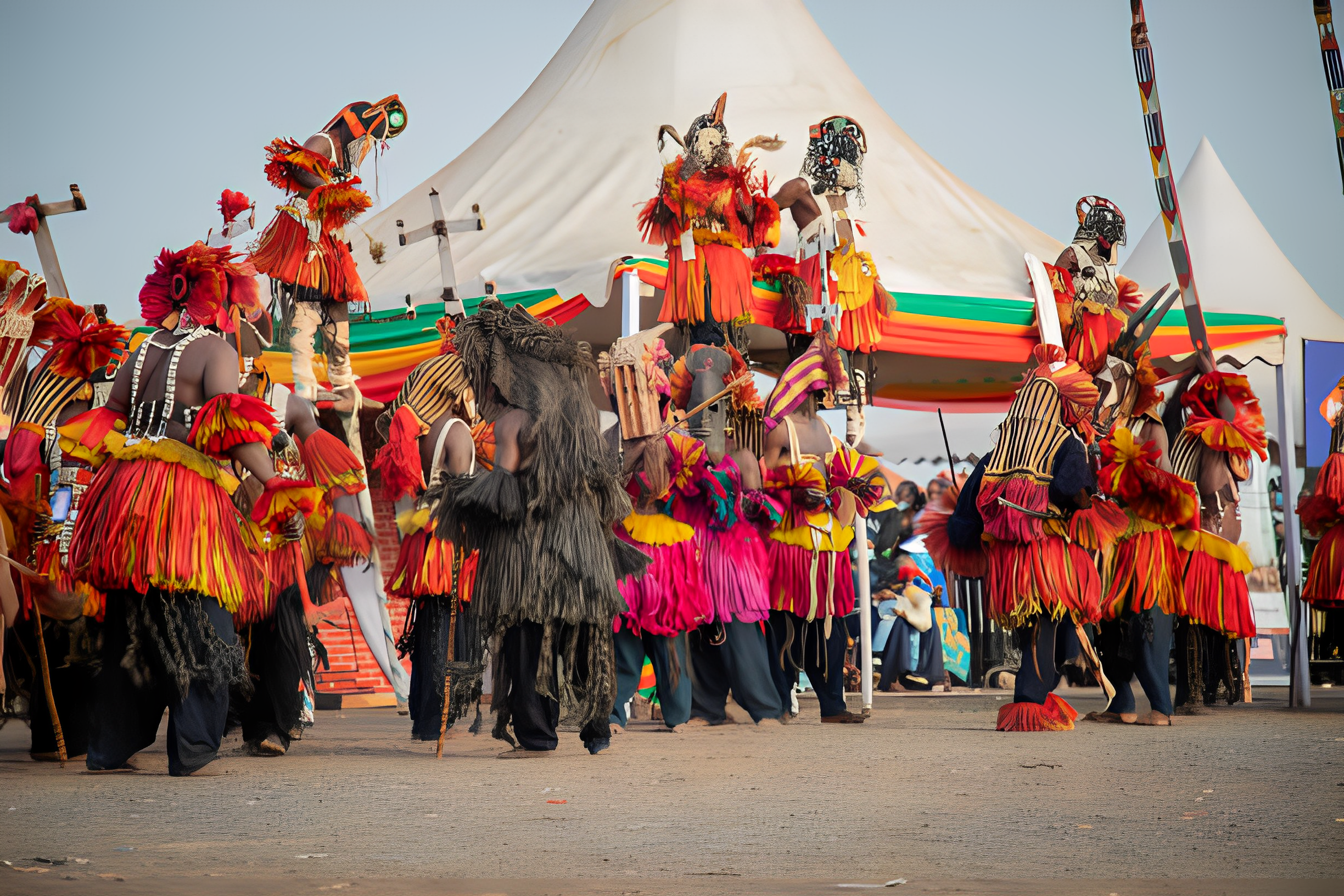
The Dogon people are an ethnic group living in the central plateau region of Mali in West Africa, primarily in the Bandiagara Escarpment area. They are renowned for their rich cultural heritage, distinct art, unique architecture, and intricate knowledge of astronomy and cosmology.
2. East
The Rift Valley begins in Ethiopia and extends south into Kenya and Tanzania. Uganda, Rwanda, and Burundi are landlocked countries in the East. The East is abundant in fauna. The enormous plains are home to massive herds and predators who follow them wherever they go. The tribes of the East have been shown on film living as their forebears did, albeit they are now frequently environmentalists rather than hunters.
Maasai
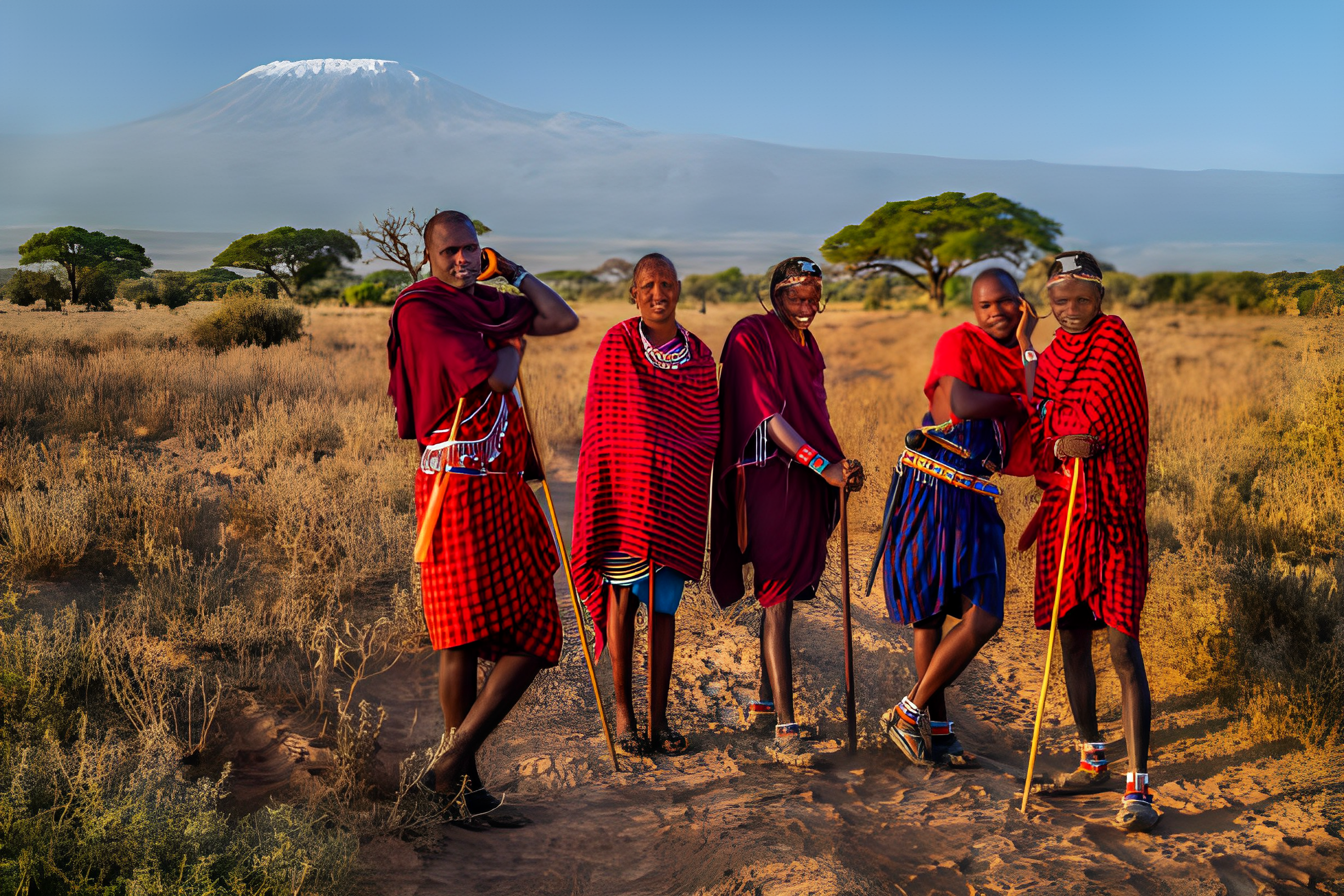
Maasai are a semi-nomadic ethnic group located primarily in Kenya and Tanzania, known for their rich cultural heritage, distinctive customs, and traditional lifestyle.
Haszabe
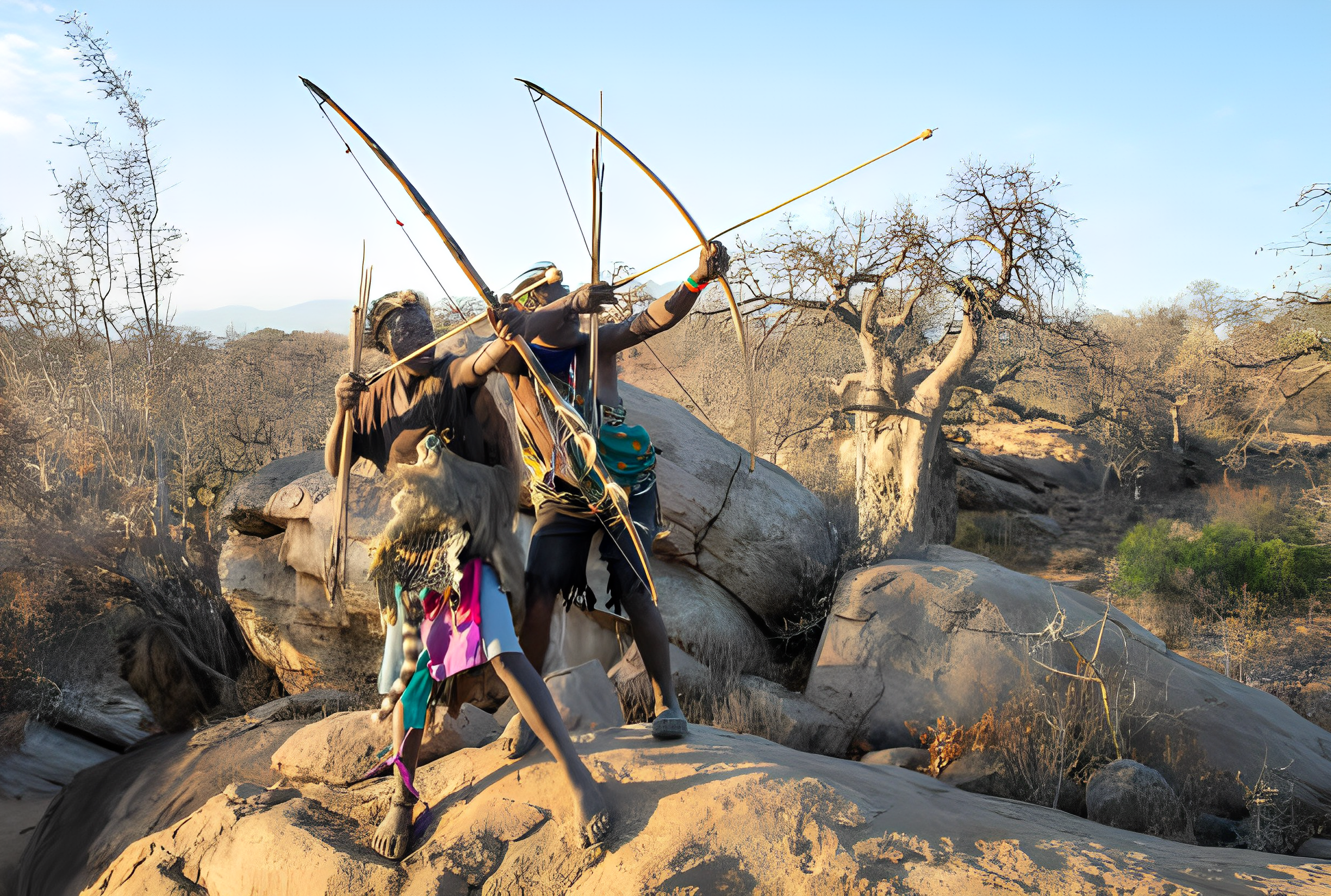
The Hadza, also known as the Hadzabe, are an indigenous ethnic group inhabiting the Lake Eyasi region in northern Tanzania, one of the last hunter-gatherer societies in East Africa.
Hamer
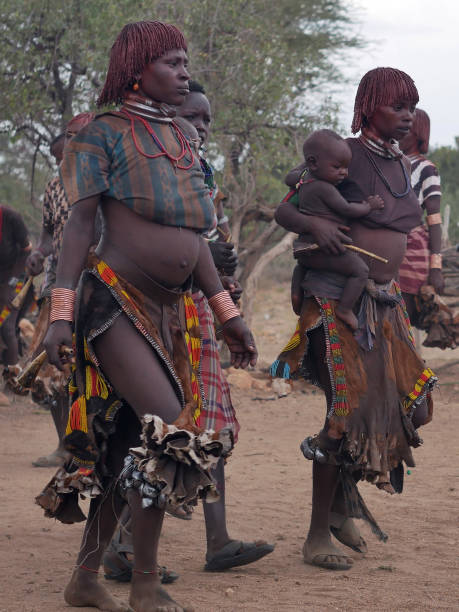
Hamer people, also spelled Hamar, are an ethnic group inhabiting the southwestern region of Ethiopia, primarily in the Omo Valley. They are known for their unique culture, traditional customs, and distinctive practices.
3. West
Accepting that definition of the North, West Africa includes the Atlantic Coastal Countries that go south from Mauritania and west through Nigeria and the Cameroons into the Equatorial Forest region. Several tribes can be found throughout the West, including:
Yoruba

The Yoruba are one of the largest ethnic groups in Africa, primarily concentrated in Nigeria but also present in Benin, Togo, and some parts of Ghana. They have a rich cultural heritage, ancient history, and diverse traditions.
The Yoruba people have made significant contributions to art, religion, literature, and cultural expressions, and their cultural heritage continues to play an essential role in the rich tapestry of African history and identity.
Ashanti
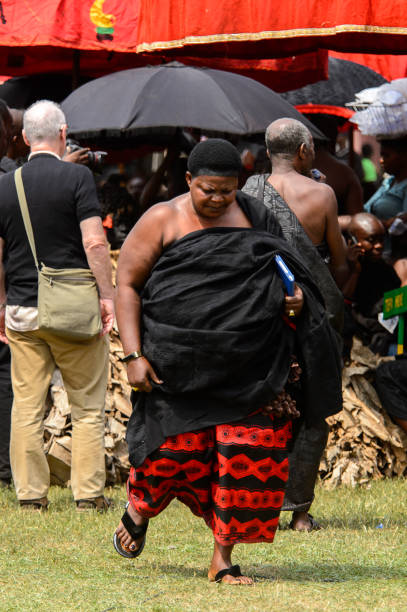
The Ashanti of Ghana, who number roughly 9 million people, have their own language, however English, the colonial language, is understood in cities. Their religion is supernatural and spiritual, with ancestors playing a vital role in family life. These characteristics are particularly visible in rural locations outside of Ghana's capital, Accra.
Mbenga
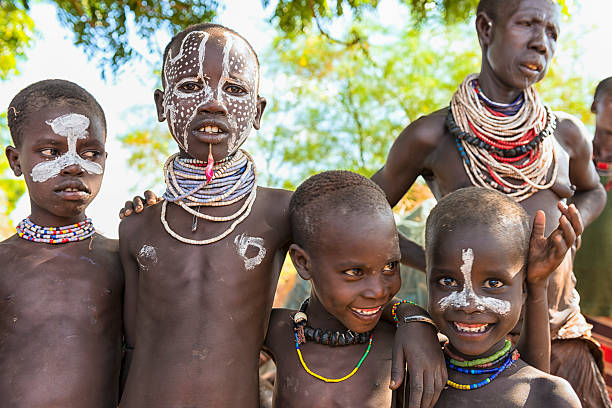
Mbenga, who live in the West Congo Basin, are the most well-known Pygmy Ethnic Group. There are a dozen distinct pygmy groups, including the Mbenga, who speak Bantu and Ubangian. They are hunter-gatherers who rely heavily on what the forests have to offer. They barter with their neighbors for other necessities. Accurate figures are difficult to come by, but reasonable calculations suggest that roughly 500,000 people reside in the Congo rainforest.
4. South
Both Angola on the Atlantic Coast and Mozambique on the Indian Ocean were Portuguese colonies. The British were dominant in what is now Zambia, Malawi, and Zimbabwe, whereas Namibia and South Africa have long been considered more developed than their neighbors. Botswana is a treasure in many ways, with established democracy, biodiversity, and mineral wealth.
Zulu
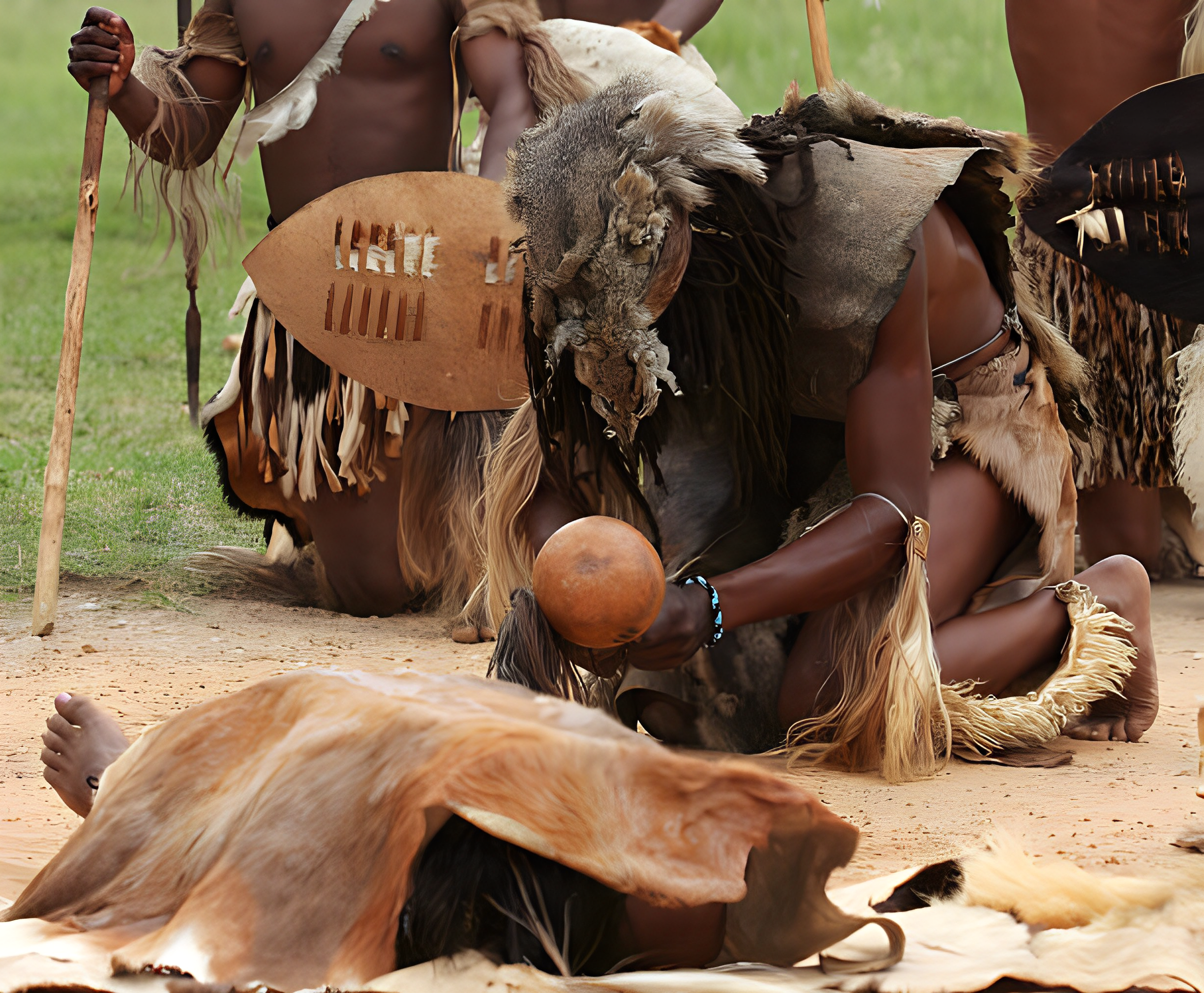
Zulus number roughly 10 million people now and were a powerful warrior tribe with Shaka's Kingdom in the early nineteenth century. Their language is one of South Africa's official languages, and they live in KwaZulu-Natal on the Indian Ocean coast of South Africa.
Himba
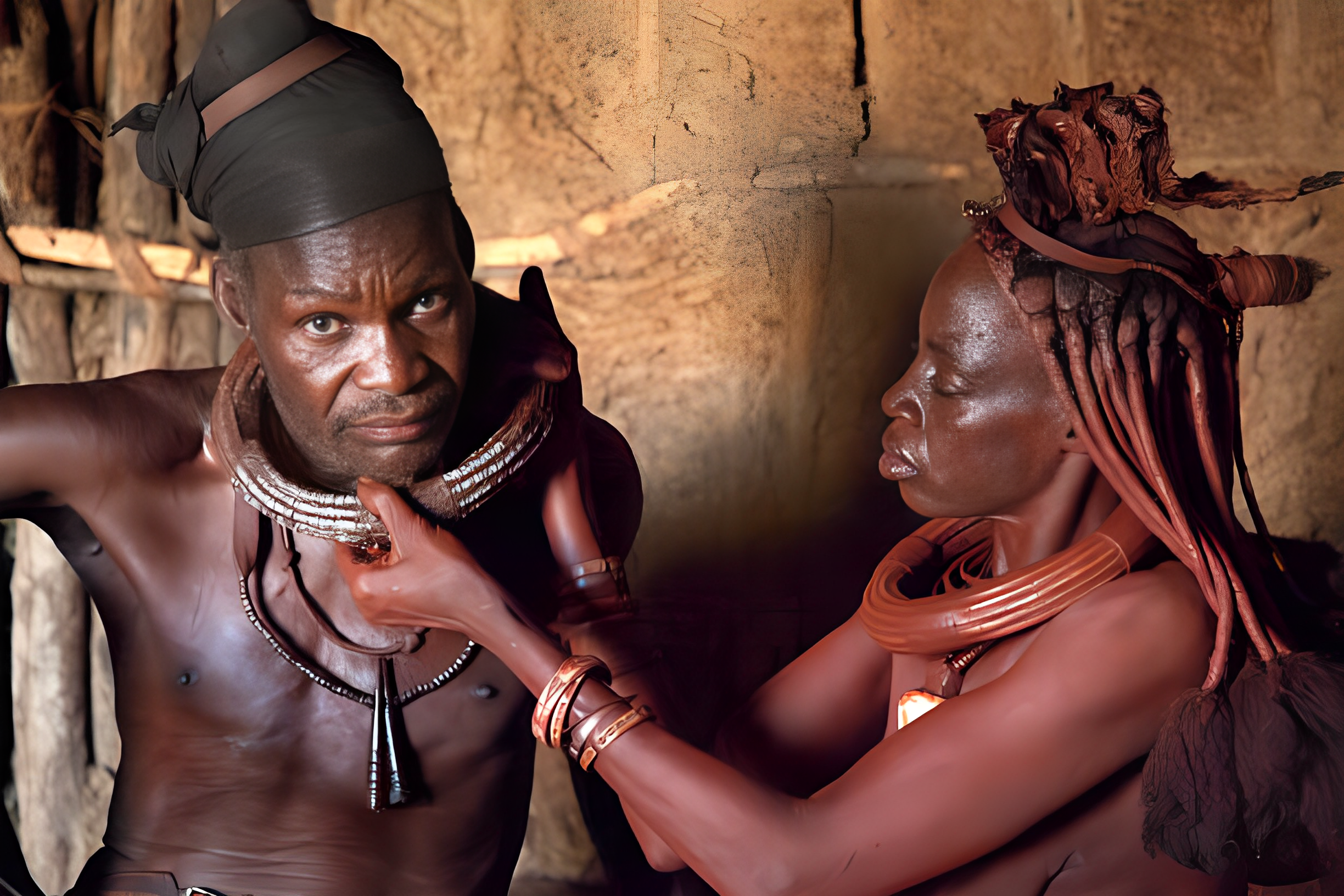
Himba are a semi-nomadic ethnic group living in the Kunene region of northern Namibia, known for their distinct culture, traditional lifestyle, and unique appearance.
San

The San, also known as the Bushmen of the Kalahari, have acquired abilities to hunt and survive in what appears to be a wholly desolate desert landscape. Their tracking abilities are legendary, and their success with bow and poisoned arrows is astounding. They seek water in underground tubers and collect whatever fruits and berries are in season. They can be found in Southern African countries such as Botswana, Angola, and Zimbabwe. Although there are substantial linguistic variances across their vast country, survival abilities are shared by everybody.
Summary
Human life is supposed to have begun in Africa, at the Olduvai Gorge in Tanzania's Eastern Serengeti. Human fossils dating back millions of years were discovered there. There has been a major movement of people throughout many generations, limited only by natural barriers such as impenetrable tropical forests. Deserts may not be appealing, but they have been able to support life.
In practice, climate and terrain now control the lives of rural Africans. Travelers interested in the fantastic animals on Africa's plains will come into contact with tribes that were formerly hunters but are no longer. The people of the north have similar challenges in surviving in a hard, frequently highly dry environment.

